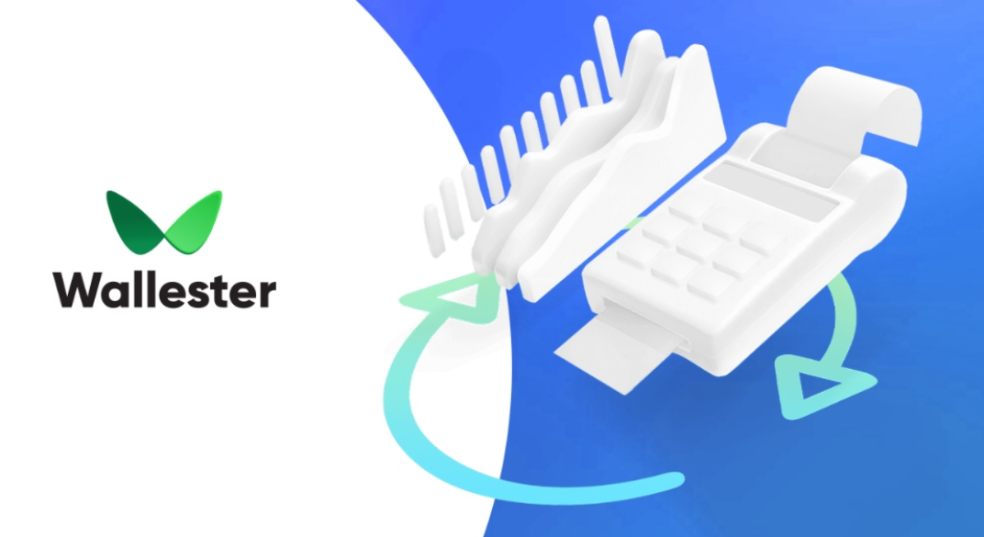
Simple steps to effective company cash flow management
All companies strive to ensure that managing their financial flows is as effective as possible. Despite all the aspirations, every fifth organisation has significant problems in this area and over 70% even honestly admit to having them. The main problem is that, most often, it is necessary to pay for suppliers' services with the money to be paid by the client. But by a strange coincidence, this very client fails to make the payment at the exact moment your business needs money. Such unpleasant mishaps occur in any industry.
These situations will occur in the future unless you take a set of measures to prevent them in advance. The primary purpose of these measures is to achieve the maximum delay in sending payments and, simultaneously, speed up the process of receiving money from customers. You can use any of the following methods to achieve your goals.
Calculating and predicting cash flow
Depending on the size of your business and how quickly you can grow, you'll need to forecast your cash flow over a year, a quarter, a month, or even a week. A dedicated cash flow management solution can help with this. If you make a detailed forecast in case of an unforeseen situation, you will always know how to solve the problem without negative consequences for the company. It's important to understand that the rate of financial inflows is not always the same, and credit cannot expand all the time.
You can begin forecasting by assessing the current financial situation and collecting data. It is necessary to interview all employees on whom the intensity of financial inflows depends, such as:
- salespeople
- representatives of the service departments
- employees of banks and financial departments.
They should be asked how much money should be received, how much money will be spent on services, if the company they're dealing with has large debts and so on. A more accurate forecast can be made by getting as much information about the company's finances.
After that, a cash expenditure plan is made. Even the most minor expenditures should be taken into account:
- rent
- purchase of equipment
- salary
- taxes
- benefits
- equipment maintenance
- utilities
- office supplies
- payment of debts
- advertising
- fleet maintenance.
Building a competent system for receiving money
The ideal interaction scenario with customers looks like this: you provide the client with a service, and he immediately pays you. Unfortunately, this is not always the case. In most cases, clients pay very late. To speed up the receipt of their money, consistently perform the following actions:
- Offer discounts to customers who pay on time
- Ask the customer to make a prepayment at the time of signing the contract
- Check the credit history of new customers
- Don't be slow with billing; keep track of slow payments.
Managing payments
To get as far away from vendor payments as possible, use the following tips:
- Make the most of your credit terms. If your contract says that payment is due by the 30th, take your time to pay on the 20th or 25th
- Use a wire transfer to make payments on the last available day
- Tell your suppliers about your finances discreetly, so they will trust you. If there is ever a need to delay payment, the trust you have built up with your vendor will help you find common ground
- Investigate vendor offers for early payment discounts. Many of them have pretty tricky and not always favorable terms
- Do not choose the vendor with the lowest price. Sometimes it is much more advantageous to agree to a higher price but with more flexible payment terms. It will improve your cash flow.
Knowing how to "survive" without money
Since the future cannot be predicted 100%, there may come a time in any company when it simply does not have the money to pay its bills. To survive this period, you must have a ready-made strategy. It may include the following steps:
- convincing the bank that you are a conscientious customer and have been able to calculate in advance that you may need money shortly;
- establishing your line of credit with the bank;
- obtaining a deferment from a supplier who is aware of the state of affairs in your business and is willing to wait until you are in times of financial stability.
If you use these tips and special software, you can significantly optimize your cash flow control system.













